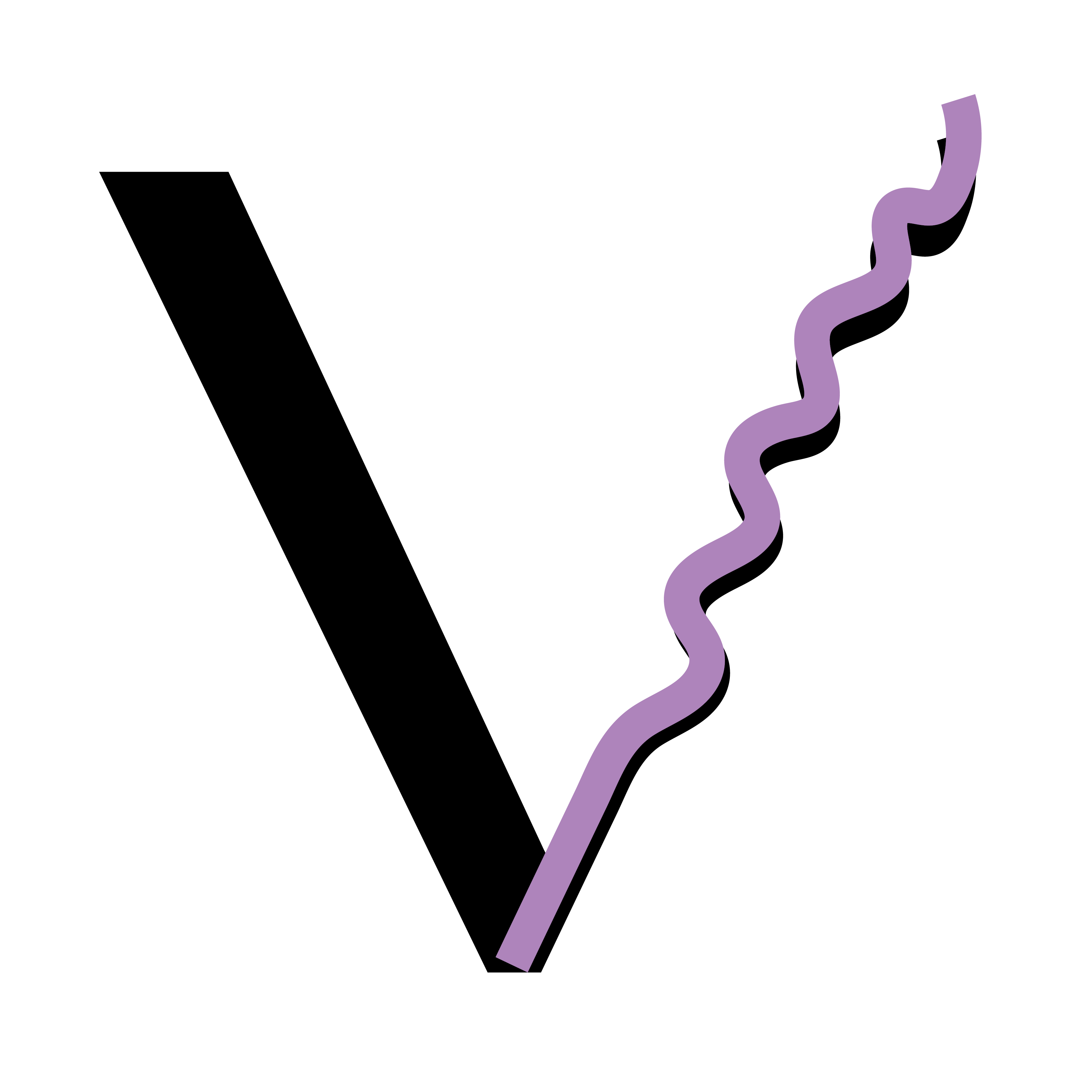Designing with erosion to improve well-being
This project proposes a landscape and architectural design that incorporates erosion as a beneficial element in the daily life of communities in Ghana’s Volta Delta Region. The design seeks to offer an inventive and sustainable way of living that benefits from natural forces instead of being victimized by them. The project combines civil engineering with landscape architecture and anthropology and celebrates the joy of visual experimentation through narrative design sections, animated stories, and paper models. The project shows how design can be flexible and affording and how landscape architecture can strengthen resilience and the ability to adapt.
This project was created for my first graduation at TU Delft - Lanscape Architecture
This project was part of the national rounds of the Archiprix 2018
Why do the people of the Volta Delta on the eastern coast of Ghana have to run from erosion? Why do people in coastal areas across the world have to flee from the dynamics of nature and consequently lose their livelihoods?
Erosion shouldn’t be a threat but instead be a benefit to communities, something that can be used to improve well-being and raise the quality of life. It should be welcomed instead of feared.
Erosion shouldn’t be a threat but instead be a benefit to communities, something that can be used to improve well-being and raise the quality of life. It should be welcomed instead of feared.
In this region the sea is swallowing homes, schools, fisheries and a big part of the living environment. The inhabitants have moved inland in an attempt to rebuild their lives but even there the sea has swept away their houses. Within a single generation, the people of the West African coast have been stripped of their livelihoods as well as their cultural heritage and social fabric. Even entire communities are disappearing.
This project explores unexpected directions in dealing with natural forces by proposing an inventive and sustainable way of living that is not victim to the threats posed by nature but profits from them. It also explores new design territories. Moving on a spectrum between artistic and scientific ways of doing and thinking, it combines civil engineering with landscape architecture and anthropology. Here, landscape architecture offers a symbiosis between poetic and scientific ways of working and between subjective and objective points of view.
The project also celebrates the joy of visual experimentation, offering narrative design sections, animated stories and paper models that pop up and pop out. Design is not an ending but an awakening and marks the onset of a new approach. Design here is conceptualized, not as an imposing and totalizing project but rather as a discipline which supports, affords and activates. This project shows how design can be flexible and affording and how landscape architecture can strengthen resilience and the ability to adapt.
A new lifelihood - design as catalyst
Designing with the landscape - erosion as benefit
Research - unlocking narratives


